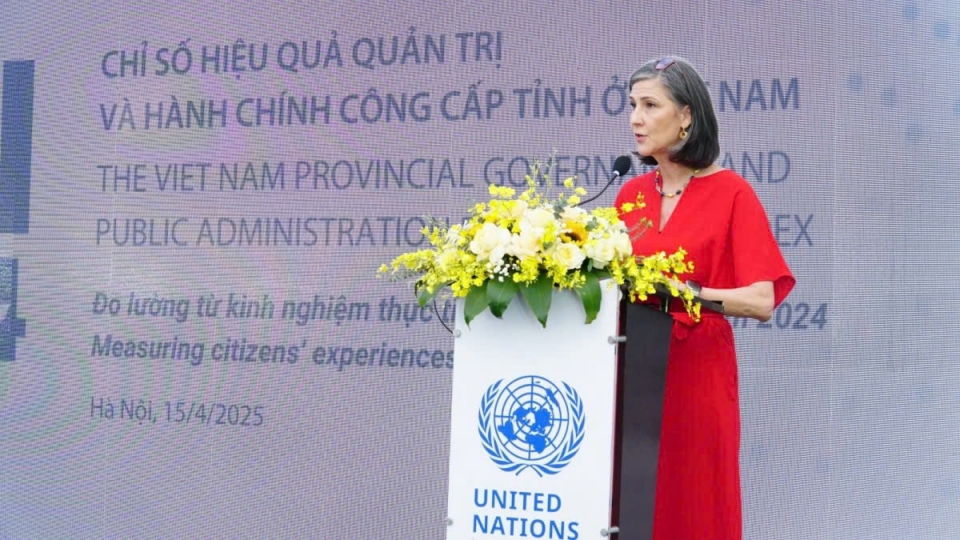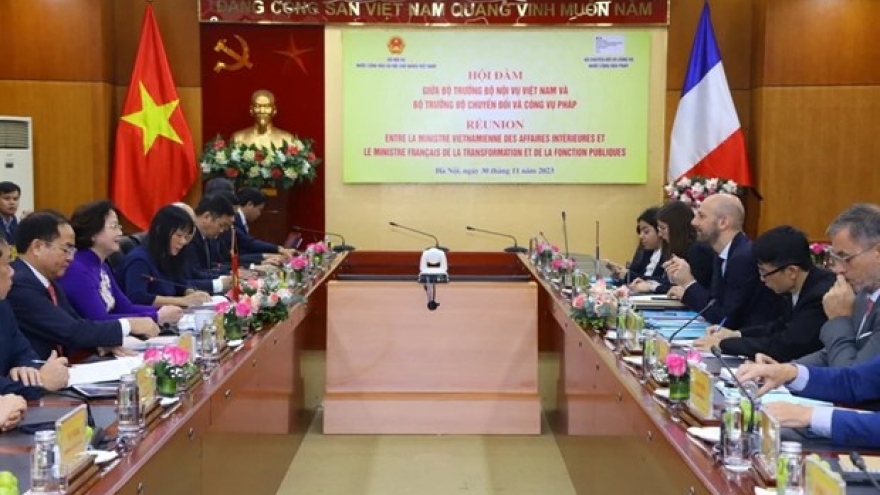National public service portal to be turned into single all-in-one online platform
The National Public Service Portal will be upgraded into an unified digital “one-stop-shop” platform for all online public services, aiming to streamline administrative procedures for citizens and businesses, said Nguyen Duy Hoang, Director General of the Administrative Procedure Control Agency under the Government Office.

Hoang made the announcement at the Government's regular press conference on June 4.
He said that under the roadmap, provincial public service portals will be deactivated starting July 1, 2025, while those at the ministerial level will be phased out no later than the end of February 2026. The National Public Service Portal will be fully integrated and interoperable with the administrative procedure processing systems of ministries, agencies, and localities, enabling citizens and businesses to submit applications online anytime and anywhere via internet-connected computers, smartphones, or tablets.
Submitted applications will be forwarded via the National Public Service Portal to public administrative service centres at all levels for processing. Citizens and businesses who prefer in-person submission can still do so at these centres or all-in-one service units as they do now, Hoang noted.
The deployment of the National Public Service Portal as a single digital one-stop-shop platform does not alter the authority of ministries, agencies, or localities in handling administrative procedures, he went on.
He stressed that the entire process of receiving and processing applications will be made transparent and subject to monitoring and supervision to ensure the quality and effectiveness of administrative procedures and public service provision.
According to Hoang, from now until late 2025, ministries, sectors, and localities will focus on implementing a programme to streamline administrative procedures related to business operations in 2025-2026, with key goals such as eliminating at least 30% of business-related conditions; cutting processing time for administrative procedures and compliance costs by at least 30%; ensuring 100% of business-related procedures are conducted online in a transparent, seamless, and efficient manner with minimal paperwork; and enabling all procedures to be handled regardless of provincial administrative boundaries.




